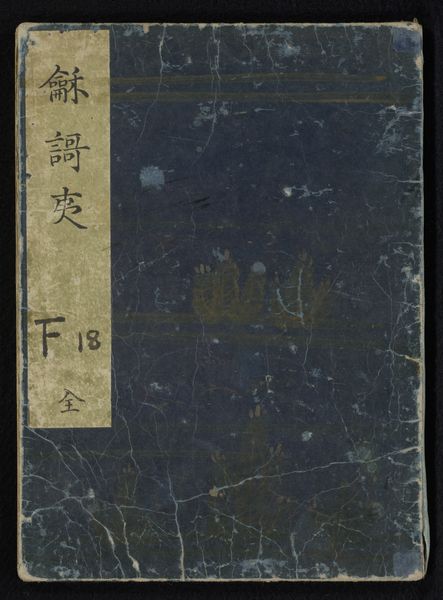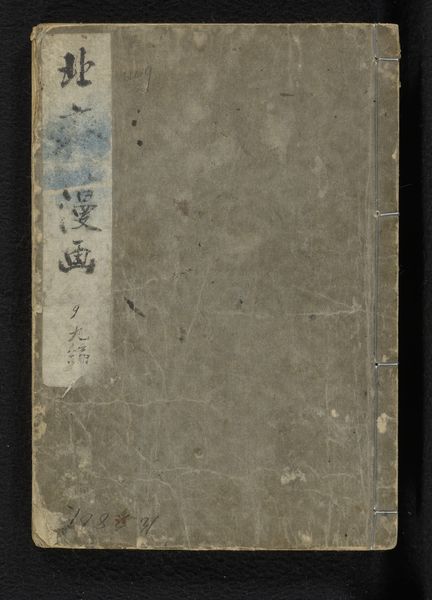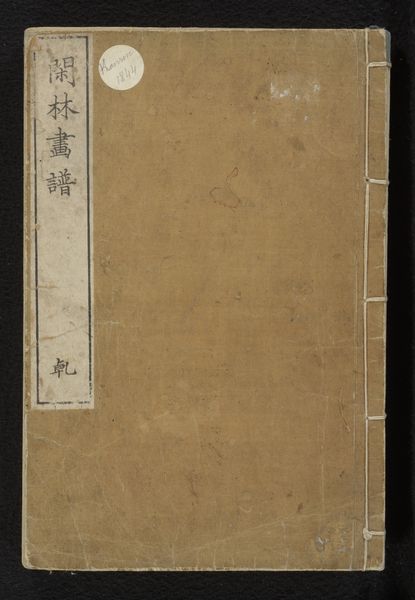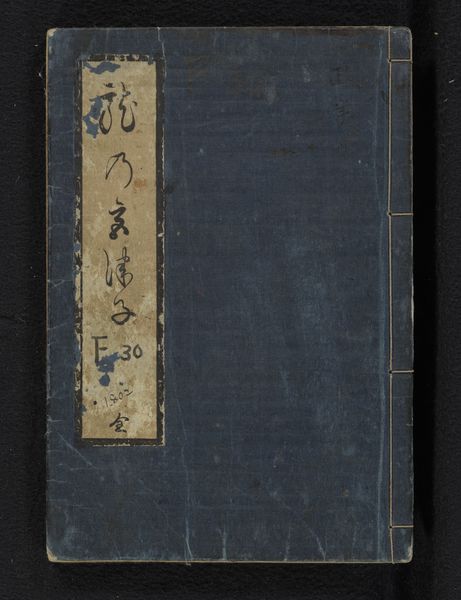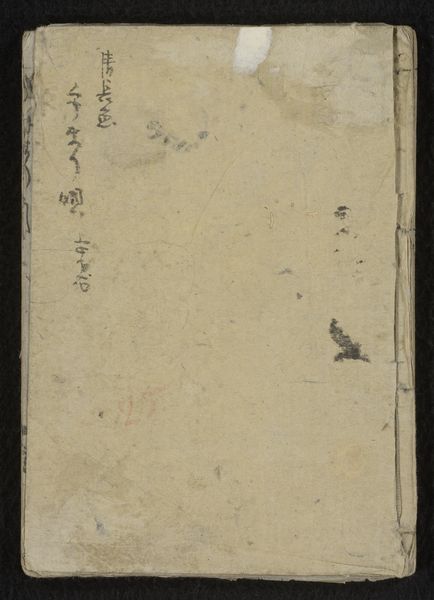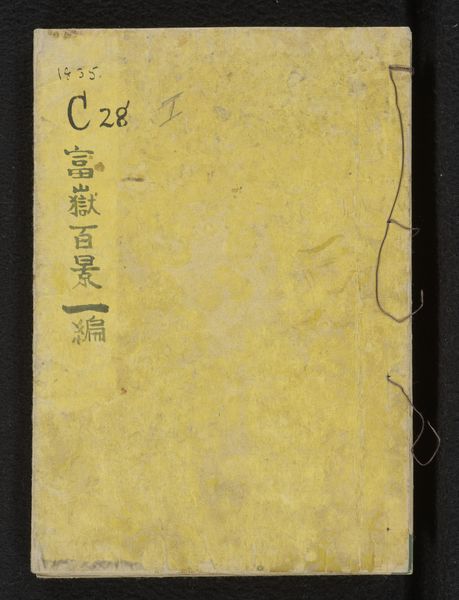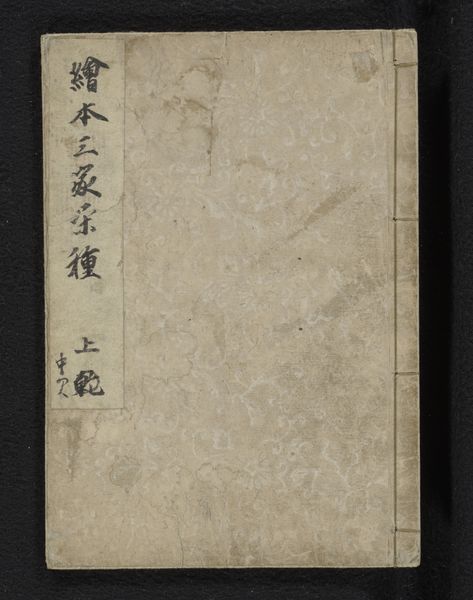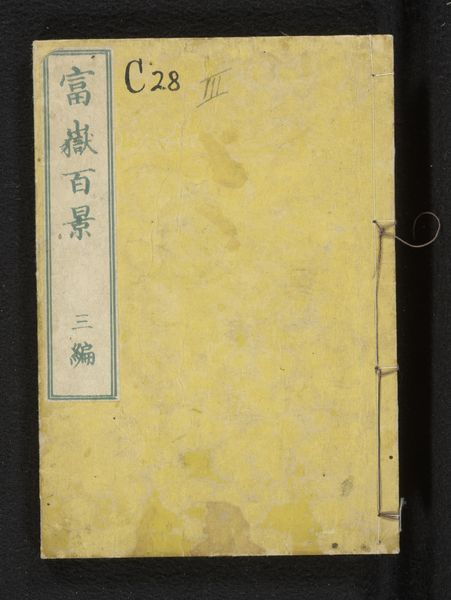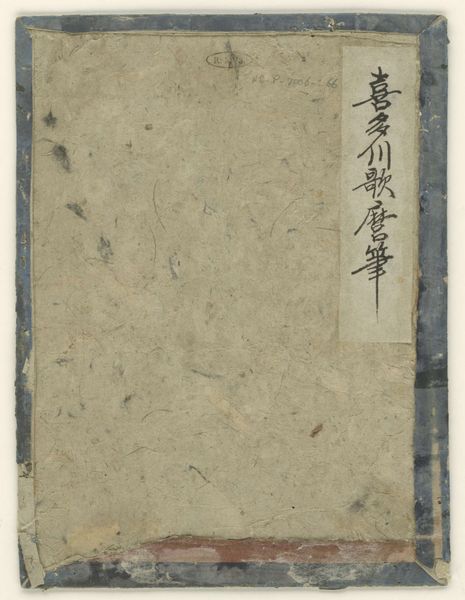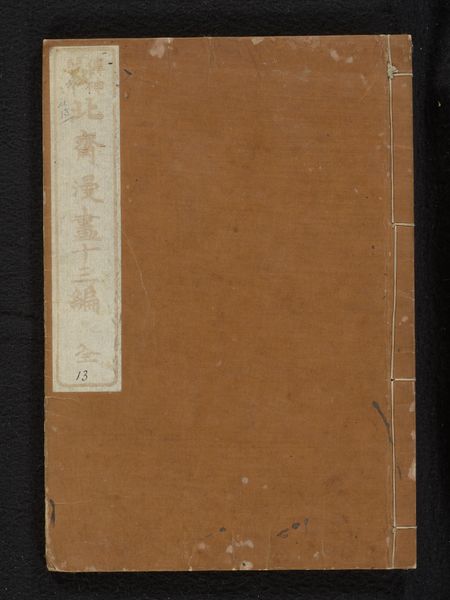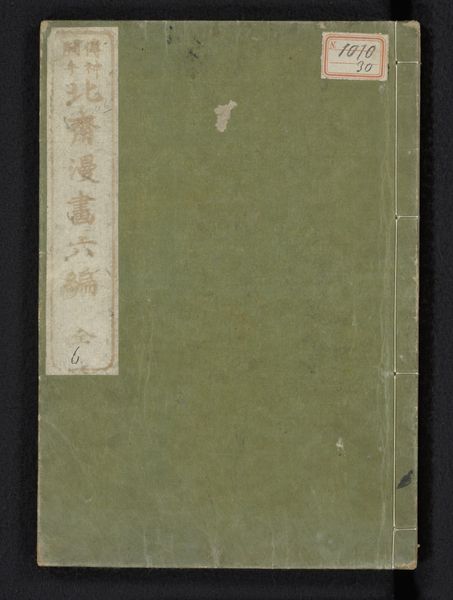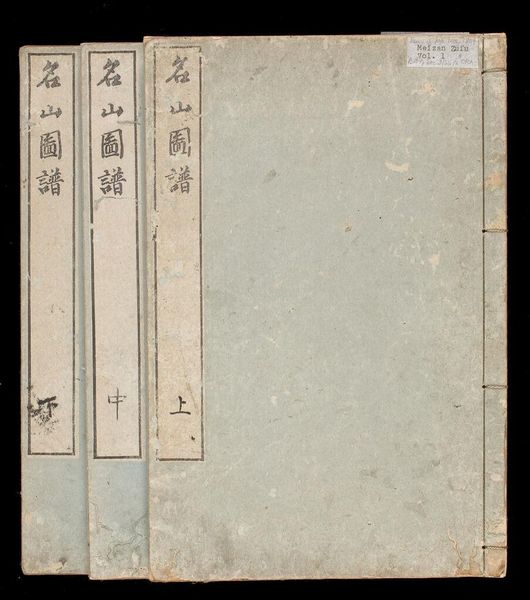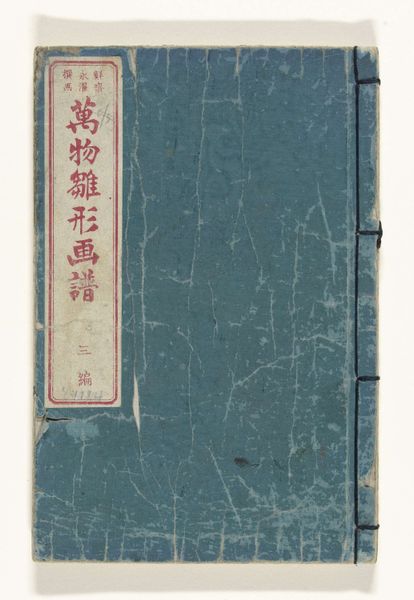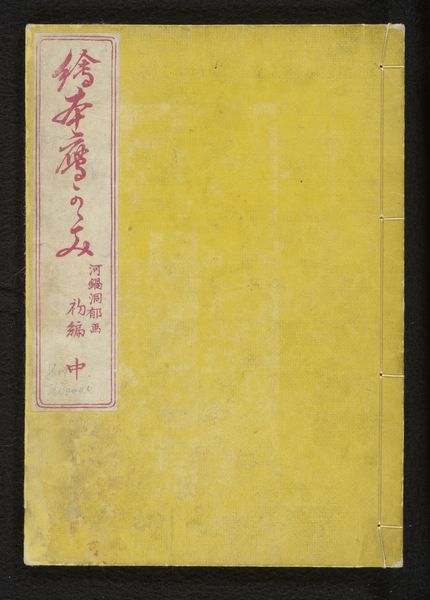
print, paper
# print
#
ukiyo-e
#
paper
#
mixed media
Dimensions: height 226 mm, width 158 mm
Copyright: Rijks Museum: Open Domain
Editor: Here we have “Gebeurtenissen in de lusthuizen gedurende het jaar” from 1804 by Kitagawa Utamaro, an ukiyo-e print made on paper. It appears to be a book, or the cover of one, at least. I’m immediately drawn to the physical nature of this piece, the visible wear and tear speaks volumes. What strikes you about this work? Curator: What grabs me are the signs of its creation. The very materiality speaks to a wider network of production and consumption in 19th century Japan. Paper, ink, and woodblocks were commodities in the burgeoning urban centers. The act of printing itself—multiple impressions, circulated widely—democratized art in a way previously unseen. Consider the workshops involved, the laborers, and the role this played in a specific economic and social context. Editor: So, you're seeing it as less of a unique masterpiece and more as a product of its time? I tend to get lost in aesthetics. Curator: Precisely. The artistry isn’t diminished; rather, it’s recontextualized. Can you imagine the artisans meticulously carving the blocks for these prints? The social implications are immense: Ukiyo-e prints such as this made art accessible. We should look into that and understand that ukiyo-e itself became a commodity. It highlights changing class dynamics in Japan. Editor: I see it now. Looking at the faded colors and the visible damage, it's hard to ignore that this object has been handled, circulated, and perhaps even discarded and rediscovered. It isn’t precious in the way a painting in oil might be; it exists more in the realm of the everyday. Curator: And understanding the everyday materials, production and circulation helps us contextualize the piece far better than aesthetic judgment alone could achieve. This approach makes looking at art all the more intriguing.
Comments
No comments
Be the first to comment and join the conversation on the ultimate creative platform.
